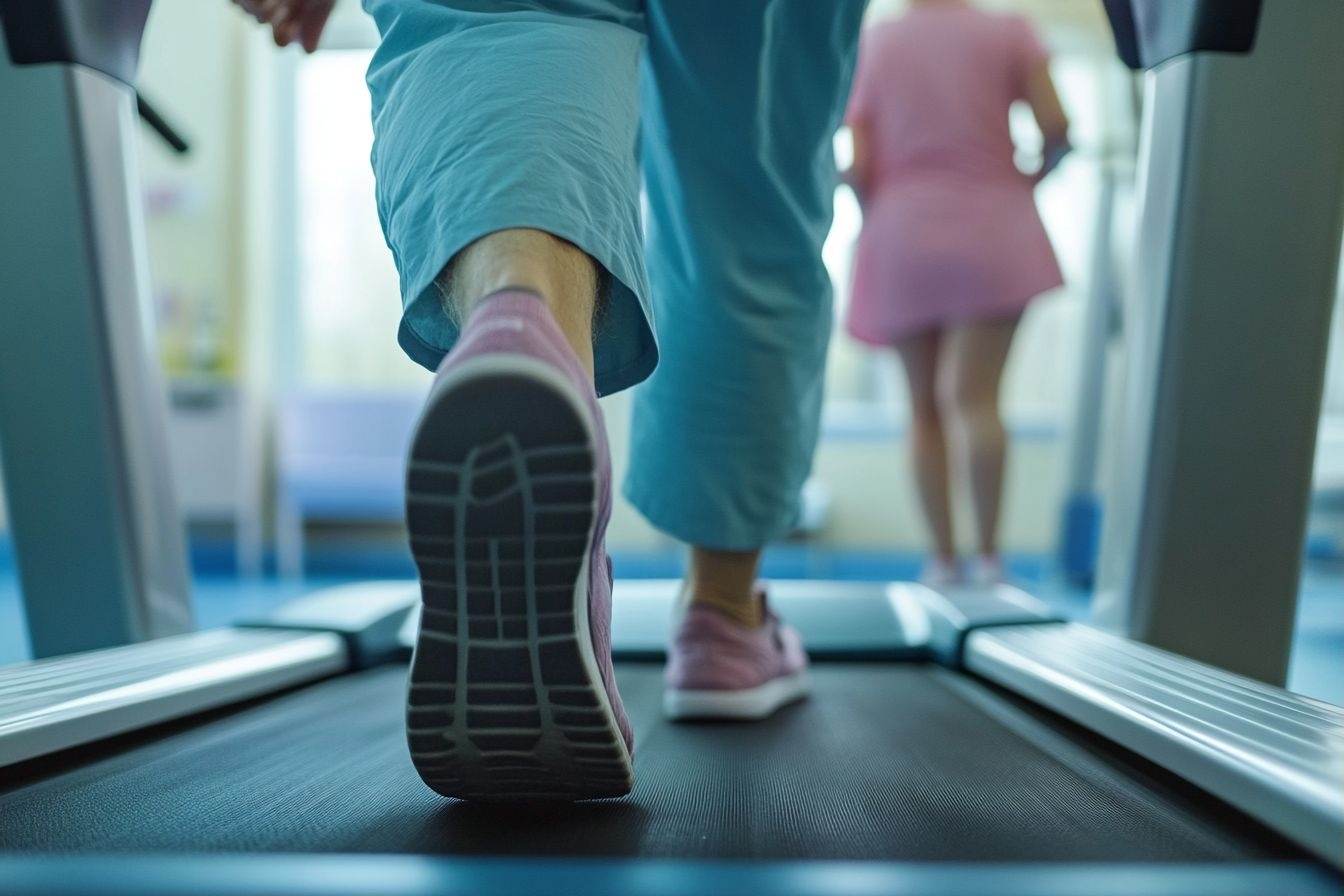Biomechanical Foot Mapping: Revolutionizing Personalized Footwear
Have you ever wondered why your favorite shoes feel uncomfortable after a long day? Or why some people can wear high heels for hours while others struggle after just minutes? The answer lies in the intricate world of foot biomechanics, and a groundbreaking technology is set to transform how we approach footwear design and selection.

The Science Behind Biomechanical Foot Mapping
Biomechanical foot mapping is rooted in the principles of podiatry, orthopedics, and biomechanics. This technology utilizes a combination of pressure sensors, motion capture systems, and 3D scanners to gather detailed data about foot shape, arch type, weight distribution, and gait patterns. The process typically involves walking or running on a specialized treadmill equipped with thousands of sensors that measure pressure points and force exertion across the entire foot surface.
Simultaneously, high-speed cameras capture the foot’s movement in real-time, allowing for a comprehensive analysis of pronation, supination, and other biomechanical factors. Advanced algorithms then process this data to create a detailed 3D model of the foot, highlighting areas of high pressure, imbalances, and potential problem zones.
Applications in Footwear Design and Selection
The insights gained from biomechanical foot mapping have far-reaching implications for the footwear industry. Shoe manufacturers can use this data to design shoes that cater to specific foot types and movement patterns, moving beyond the traditional one-size-fits-all approach. For instance, a runner with high arches and a tendency to supinate might benefit from a shoe with enhanced cushioning and lateral support, while someone with flat feet and overpronation would require a different design altogether.
Moreover, this technology enables the creation of truly customized footwear. By integrating 3D printing techniques with biomechanical data, it’s possible to produce shoes tailored to an individual’s exact foot shape and biomechanical needs. This level of personalization could significantly reduce the risk of foot-related injuries and discomfort, particularly for athletes and individuals with specific foot conditions.
Enhancing Athletic Performance and Injury Prevention
For athletes, biomechanical foot mapping offers a game-changing advantage. By analyzing an athlete’s foot dynamics during sport-specific movements, coaches and trainers can identify areas of inefficiency or potential injury risk. This information can be used to develop targeted training programs, recommend appropriate footwear, or even suggest modifications to technique.
In the realm of injury prevention, this technology shows immense promise. Many common foot and lower limb injuries, such as plantar fasciitis, shin splints, and stress fractures, are often related to biomechanical imbalances or improper footwear. By identifying these issues early on, biomechanical foot mapping can help prevent injuries before they occur, potentially reducing the need for medical interventions and improving overall quality of life.
The Future of Foot Health and Wellness
As biomechanical foot mapping technology becomes more accessible, its applications extend beyond athletic performance and injury prevention. This innovative approach has the potential to revolutionize how we think about foot health in everyday life. Imagine a future where your local shoe store offers a quick foot mapping service, ensuring that every pair of shoes you buy is optimized for your unique foot structure and movement patterns.
Furthermore, this technology could play a crucial role in managing chronic foot conditions and improving mobility for individuals with disabilities. By providing detailed insights into foot function, biomechanical mapping can assist healthcare professionals in developing more effective treatment plans and orthotic solutions.
Challenges and Considerations
While the potential benefits of biomechanical foot mapping are exciting, there are challenges to overcome before widespread adoption becomes a reality. The cost of equipment and expertise required for accurate mapping can be prohibitive for many smaller retailers or healthcare providers. Additionally, there are privacy concerns surrounding the collection and storage of such detailed personal biomechanical data.
Another consideration is the need for standardization in data collection and interpretation. As the technology evolves, it will be crucial to establish industry-wide protocols to ensure consistency and reliability in biomechanical assessments.
Stepping into the Future: Key Insights on Foot Health
-
The average person takes between 5,000 to 7,000 steps per day, making proper footwear crucial for long-term foot health
-
High heels can increase the pressure on the ball of the foot by up to 100%, highlighting the importance of understanding individual foot biomechanics
-
Regular biomechanical assessments can help detect early signs of conditions like arthritis or diabetes-related foot problems
-
Customized orthotics based on biomechanical mapping can significantly reduce foot pain and improve overall posture
-
Transitioning to new footwear should be gradual, allowing your feet to adapt to the changes in support and cushioning
As we step into the future of foot health and wellness, biomechanical foot mapping stands out as a transformative technology with the potential to redefine our relationship with footwear. By embracing this innovative approach, we open the door to a world where every step is optimized for comfort, performance, and long-term health. The journey towards truly personalized footwear has begun, and the benefits promise to be felt from head to toe.





